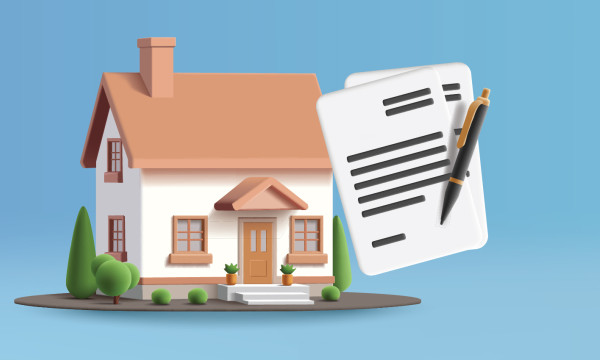Home Equity FAQs
You can access your funds any time you choose, for any purpose. Home equity lines of credit are often used for larger purchases like home improvement, college tuition, and an automobile or second home purchases.
Both a Home Equity Loan and a Home Equity Line of Credit (HELOC) are secured by the equity in your home.
A Home Equity Loan has a fixed rate, payment and term.
A HELOC works like any other revolving line of credit and is very similar to a credit card. It allows a homeowner to use the equity in his/her home on an ongoing basis. You can easily access your HELOC through your existing UBT checking account via online or automatic transfers, or set up a separate HELOC checking account for convenient access through a HELOC Visa® Debit Card. The interest rate on our HELOC is variable and will change from time to time.
Please consult your tax advisor regarding the deductibility of interest for home improvements.
A Home Equity Line of Credit (HELOC) is a revolving loan that provides you with the ability to borrow funds at the time and in the amount you choose, up to a maximum credit limit for which you have been approved. A HELOC is secured by the equity in your home. You can easily access your HELOC through your existing UBT checking account via online or automatic transfers, or set up a separate HELOC checking account for convenient access through a HELOC Visa® Debit Card.
A home equity line of credit (HELOC) is a revolving, open line of credit at your disposal, which functions much like a credit card — you’re able to use it as needed, at a variable rate, for a wide variety of needs and purposes.
Since a HELOC is a line of credit that allows you to use the funds as you need them, it works really well for situations where you will need reserves over a longer period of time, like home improvements or education. A HELOC may also be the perfect solution for a home emergency, dream vacation, and a car or second home purchase. The variable rate and flexible payments can be attractive in any of those situations.
Until you actually use your HELOC (called a draw), you only owe the annual fee. Once you take a draw, you will begin making monthly payments based on the payment date you select. Depending on what your credit score qualifies you for, your payments will either be interest-only OR interest plus 1% of principal.
You can make interest-only or principal-plus-interest payments the entire term of the HELOC if there is an outstanding balance. (Note: If your credit score does not qualify you for interest-only payments, you’ll pay 1% of the principal plus interest.) It’s worth noting that additional principal payments, if you can make them, would reduce the amount of your monthly payments. This information (principal, interest, and payment details) is always readily available to you, and you can set up an automatic payment for your convenience.
You can choose to pay off any remaining balance owed against your HELOC at any time. If you pay off your HELOC balance early, you have the option of leaving it open for future borrowing.
This part is really easy, especially if you have a UBT checking account. You can make a payment on your HELOC in any local branch, online within UBTgo, or on your phone using the UBTgo mobile app (message and data rates may apply).
That totally depends on your circumstance, and it’s certainly not an either/or situation. But typically, your available balance on a HELOC is higher than a credit card, and because this line of credit is secured by your home, HELOC interest rates are generally lower than what credit cards offer. That’s why it works well for large projects, leaving your credit card free for the everyday stuff.
Interest on a HELOC or a home equity loan is deductible if you use the funds for renovations to your home — the phrase is “buy, build, or substantially improve.” The caveat here is that the money must be spent on the property whose equity is the source of the loan. (We strongly encourage you to consult your tax professional for guidance that applies to your own unique circumstances.)
Loan products subject to credit approval.




